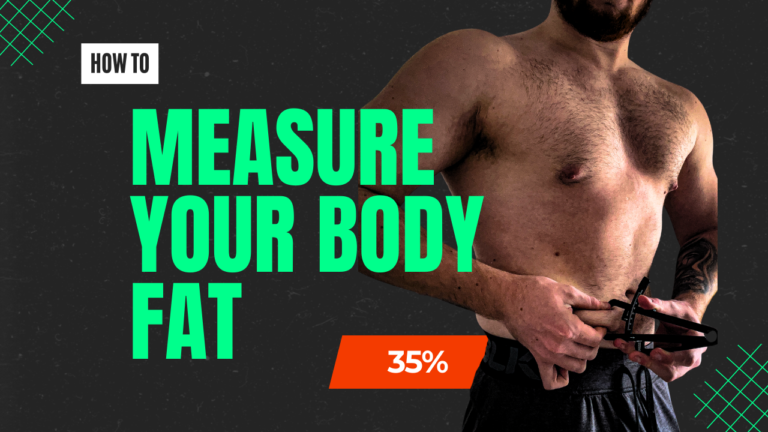Should you train strength or hypertrophy? After all, do you want to waste your time in the gym training inefficiently. We want results. Lets see how with the ultimate training method!
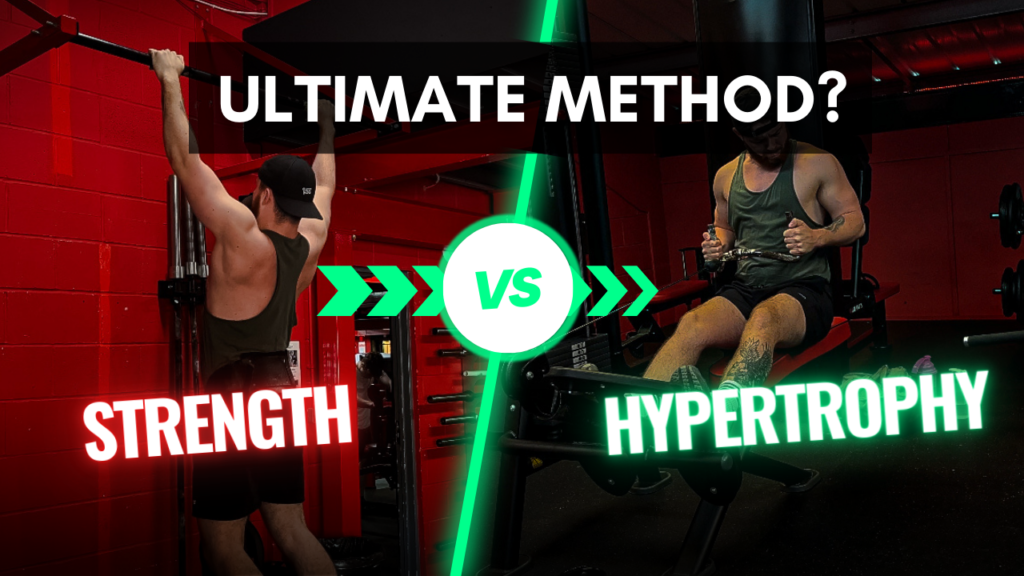
For gym-goers and fitness enthusiasts, the terms hypertrophy and strength training may ring a bell. Ongoing arguments between strongmen and bodybuilders rage on to find which training method is most effective for building muscle. After all, no one wants to waste their time in the gym training incorrectly. We want results.
Both can help you achieve your fitness goals, but which training method should you choose? There is a contentious debate surrounding this question, and finding a clear answer is no simple task. What may yield desirable results for an individual could prove inefficient for others.
But we’re here to dive into the nitty-gritty of both training style, their differences, and which one might be better suited for you.
Strength training method:
Strength training is an excellent way to enhance physical strength, power and athletic performance. It can be particularly useful for individuals engaged in sports or activities that demand significant strength; such as powerlifting.
Adopting a low-rep, heavy-weight lifting routine with extended rest periods ranging from 3 to 5 minutes can significantly enhance your overall physical strength and power while improving body movements.
These types of exercises are mainly focused on compound lifts such as squats, deadlifts, overhead presses and bench presses. For the ultimate exercises for strength training click here. It is important to note that this approach emphasizes strength development more than muscle mass gain.
Despite this research has shown that strengh and mass gains have a positive relationship. As one increases so will the other.
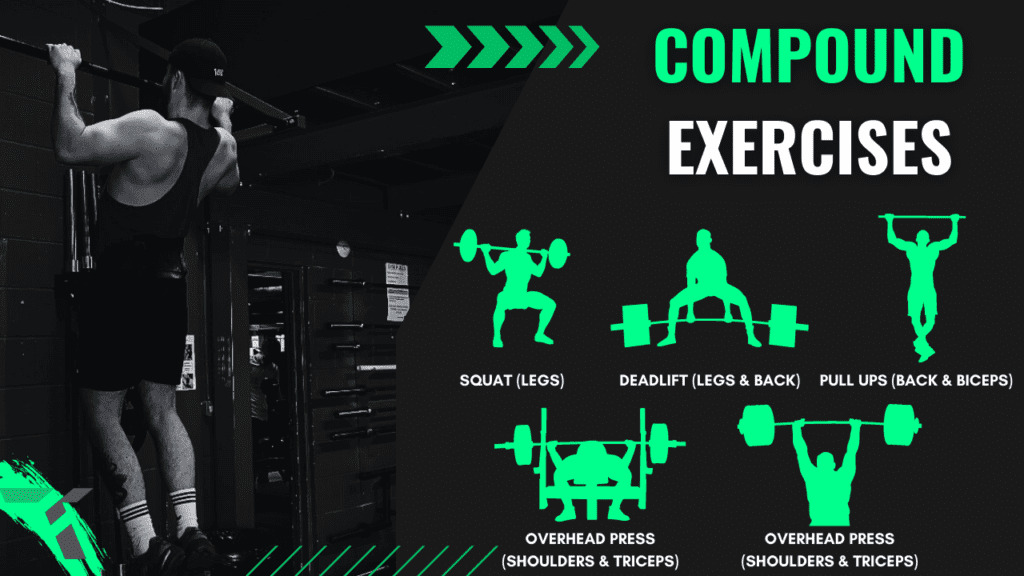

It’s no secret that strength training can have incredible benefits for your body, but it also comes with some risks if not done correctly.
The heavy lifting involved in powerlifting can put unnecessary stress on your muscles and joints which may lead to injuries. We recommend practicing proper form and technique.
Trust me rotator cuff injuries will haunt you eternally, despite the best rehab or £££ spent on physical therapy. Prevention is the best solution. To find out how to prevent shoulder injuries while benching click here.
If you aspire to compete in the world of powerlifting, then there are additional measures that need to be taken such as applying periodization cycles and understanding RPE (rate of perceived exertion) levels.
These methodologies will prevent over-exertion, allow maximum progress during training sessions while helping avoid reaching plateaus so you can safely take strides towards achieving your goals without setbacks.
Hypertrophy training method:
If you’re looking to boost your muscle size and mass, hypertrophy training is the way to go. This type of workout regimen caters bodybuilders, fitness models, and anyone wishing the perfect beach body figure.
The main objective of hypertrophy training lies in performing isolated exercises that emphasize specific muscle groups while aiming at inducing strain on the muscles via focused contractions. Admittedly it does not build the most functional physique, it does however create a rather physically pleasing aesthetic.
Hypertrophy training is all about building bigger and stronger muscles by utilizing various techniques like drop sets, mind-muscle connection, and controlled reps with limited resting intervals of 60-120 seconds. There is also significantly less risk of injury as you prioritize the use of machines and isolation exercises that do not tax the body significantly.
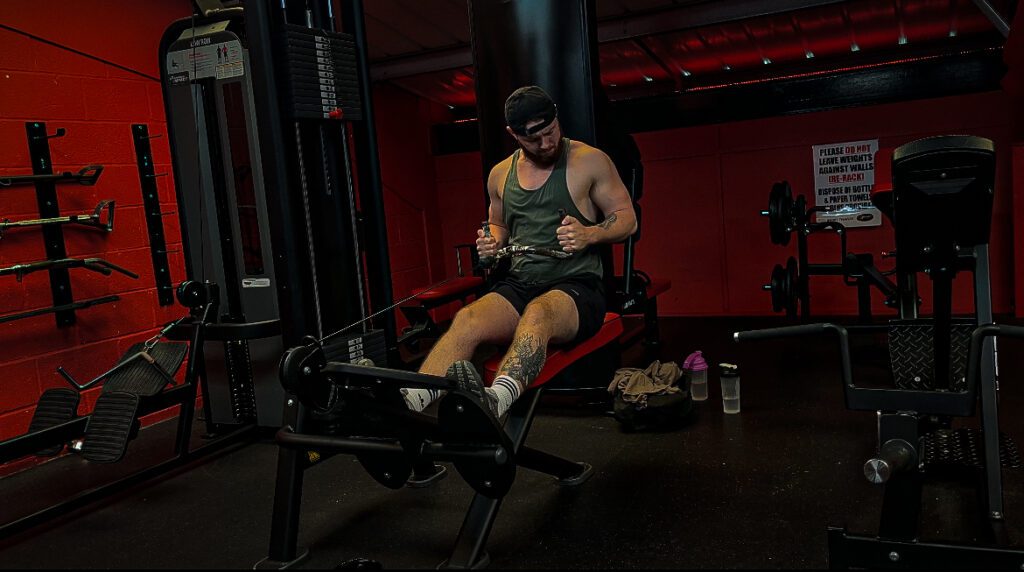

Don’t begin to think you dont need to train hard. The number one objective of hypertrophy training is to take muscles to absolute failure. The second mistake you may be making is your rep ranges. 3 sets of 12 reps is not the end all be all. In fact it’s a first class flight to plateus and boredom.
Volume is not indicative of muscle growth. In fact many lifters waste hours filling their workouts with junk volume. This is volume that is no longer benenficial to muscle growth and instead deterimental to muscle recovery. It has been concluded that the five last reps closest to failure are where the most muscle growth occurs. So priorotize intesity and good hard reps over hald arsed half reps.
Strength VS Hypertrophy
Before diving deep into training, it’s crucial to distinguish between strength and hypertrophy. Unlike hypertrophy, which emphasizes muscle growth, strength training hones in on lifting more weight. This approach is perfect for athletes seeking a competitive edge or ego lifters hope to massage their confidence with weight plates. But as the goat says, if you can lift it, it’s lightweight baby.
In contrast, hypertrophy – commonly referred to as bodybuilding – prioritizes the enlargement of muscles resulting in an aesthetic physique. This method entails lifting moderate to mild weights with minimal rest periods, focusing on specific muscle groups.
In fact, by lifting heavier weights during strength training sessions, you engage more fast twitch muscle fibers which recruit more muscle growth than the slow twitch fibers used in hypertrophy movements. So why not switch things up and center your fitness regime around strength and hypertrophy training methods? Your overall gains might take off sooner than expected!




One of the biggest misunderstandings surrounding strength and hypertrophy training is that the former will make you look like a glazed doughnut, while the latter results in a toned physique.
But here’s the real deal: building muscle mass demands a surplus of calories where more energy is consumed than burned (set up your surplus here). Regardless of whether you’re focusing on strength or hypertrophy, maintaining caloric excess is crucial for yielding good outcomes.
Your body composition — bulking up versus achieving definition — depends mostly on your calorie intake relative to your calorie expenditure. However, note that consuming lots of calories may lead to slight weight gain without proper exercise cautionary measures! To do so efficiently see here.
Ultimate training method for you?
In conclusion, whether you choose strength or hypertrophy training, you’re bound to see results as long as you remain consistent with training and diet while implementing progressive overload weekly.
It all comes down to an individual’s goals, fitness level, and preferences. If you’re looking for a more explosive performance and functional muscles, strength training would be ideal for you. In contrast, if you are interested in more aesthetically pleasing muscles and less about functionality, hypertrophy training will be more beneficial.
Furthermore your gym will likely play a vital role. For gyms lacking in top tier equipment such as Puregym, strength training is much more viable as it requires no more than a barbell and some plates.
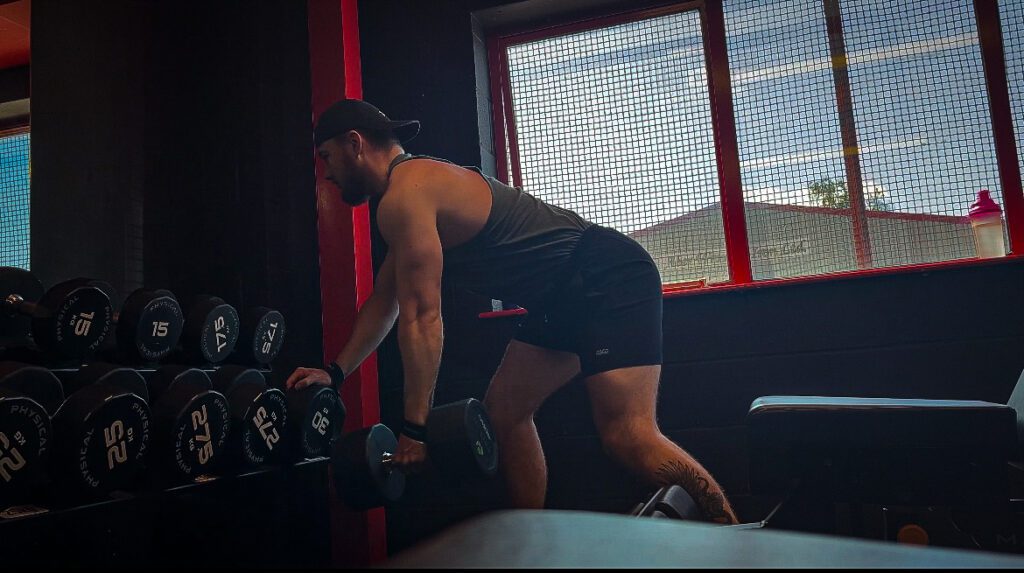

However body building gyms provide the best equipment for truly extracting the benefits of hypertrophy training. Utilizing machines that truly allow you to push to muscular failure.
Hypertrophy training is my go-to weapon of building muscle as it results in an indescribable sensation of a pump that can only be compared to the exhilaration of hitting your first 225lb bench.
I do not overlook the importance of strength training and maintain a humble yet commendable record of a 130kg bench and 3 plate squat. In fact, achieving overall success in fitness demands incorporating both hypertrophy and strength-training into one’s routine for optimal results.
Just look at peak natural lifters such as Jeff Nippard and MaxTaylorLifts, both possess the ability to compete in both powerlifting meets and bodybuilding shows. Balance is the key to success.
Start training!
Typically an effective programme will incorporate both rep ranges to cover all bases. For example when training biceps I will begin with a heavy low rep movement and then proceed to train for hypertrophy.
Ultimately, the best advice we can give is “Why not do both?” by incorporating elements of both strength and hypertrophy training into your workouts. No matter which path you choose, the key is to stay consistent and keep pushing your limits for optimal results. So long as your lifts increase from week to week, you can be sure that you are training effectively and becoming the ULTIMATE version of you!
SUBSCRIBE TO RECEIVE YOUR WEEKLY DOSE OF EXCELLENCE
Why not let greatness come to you with our weekly newsletter? Packed with expert methods and great deals to speed up your improvement!


